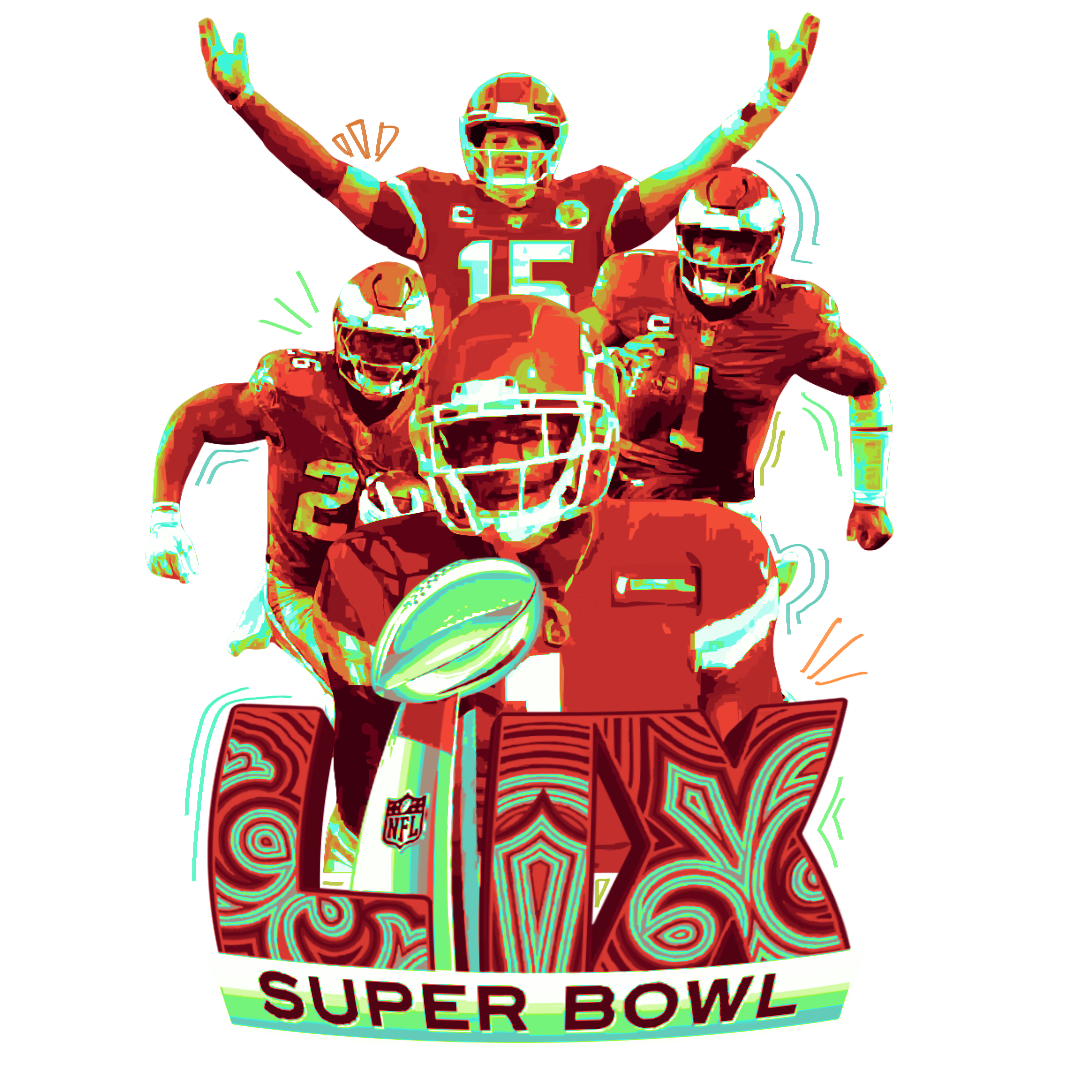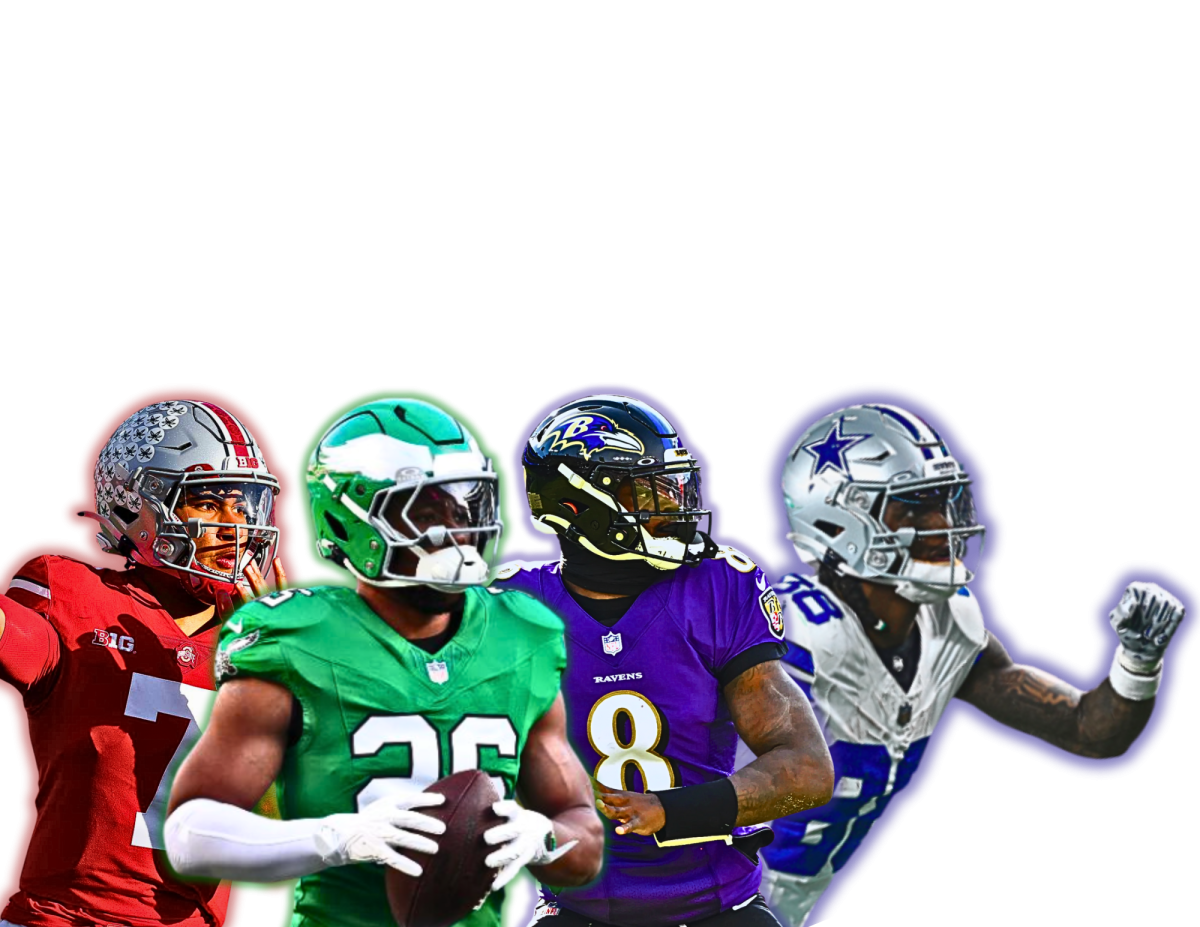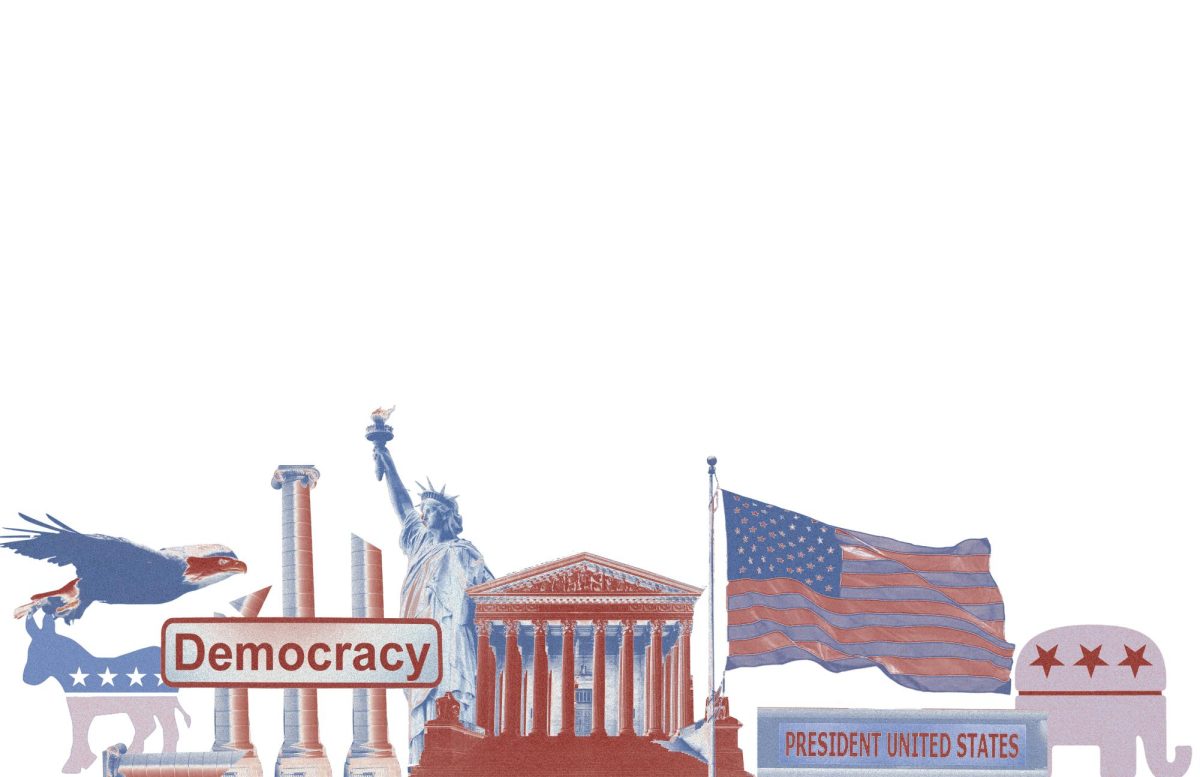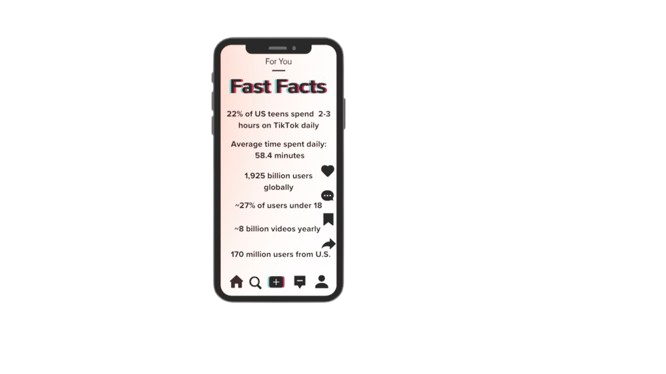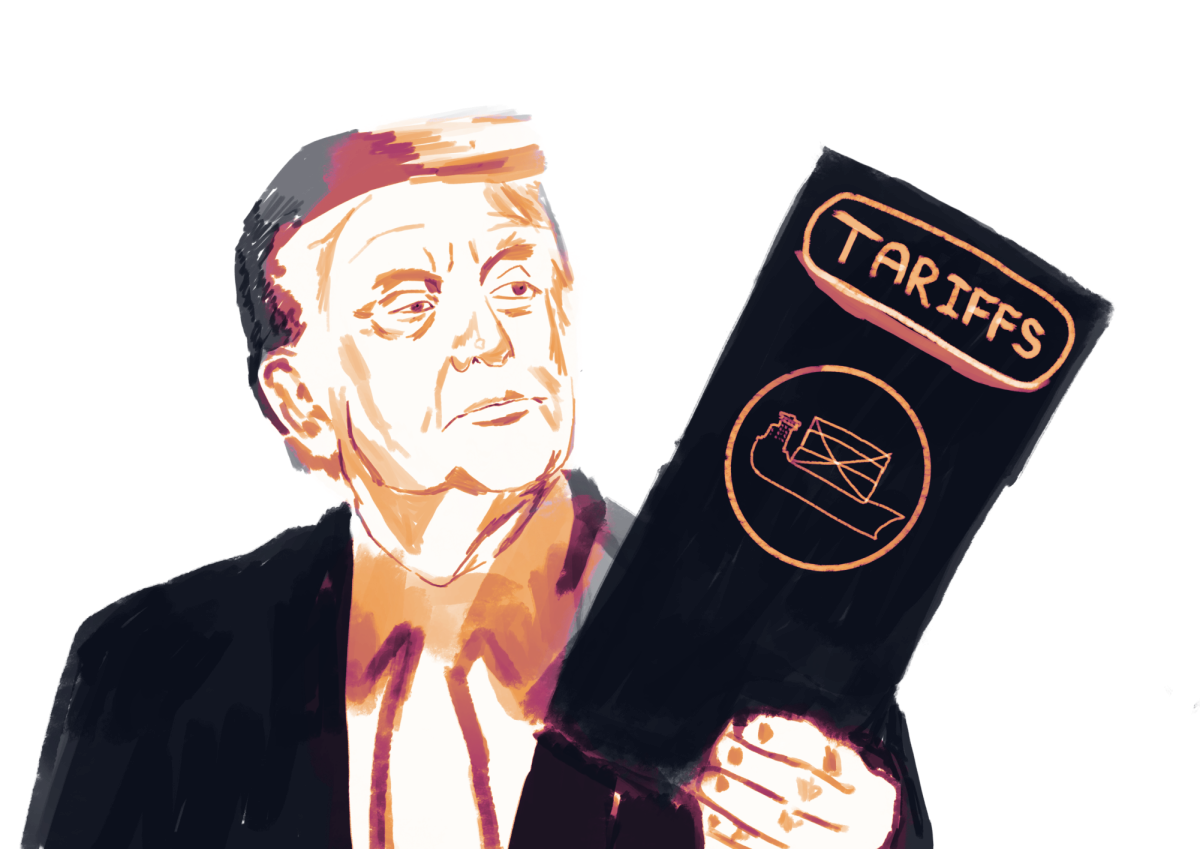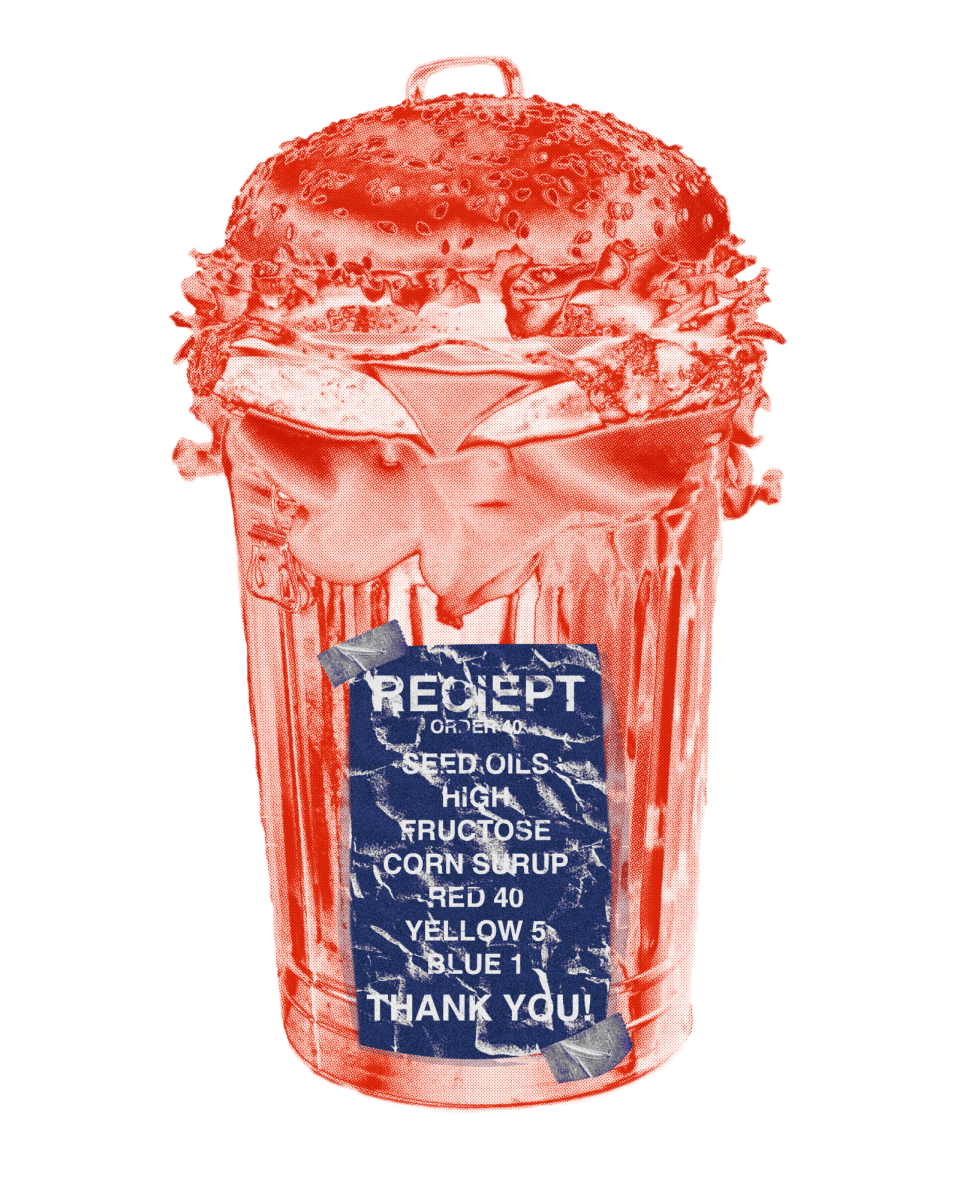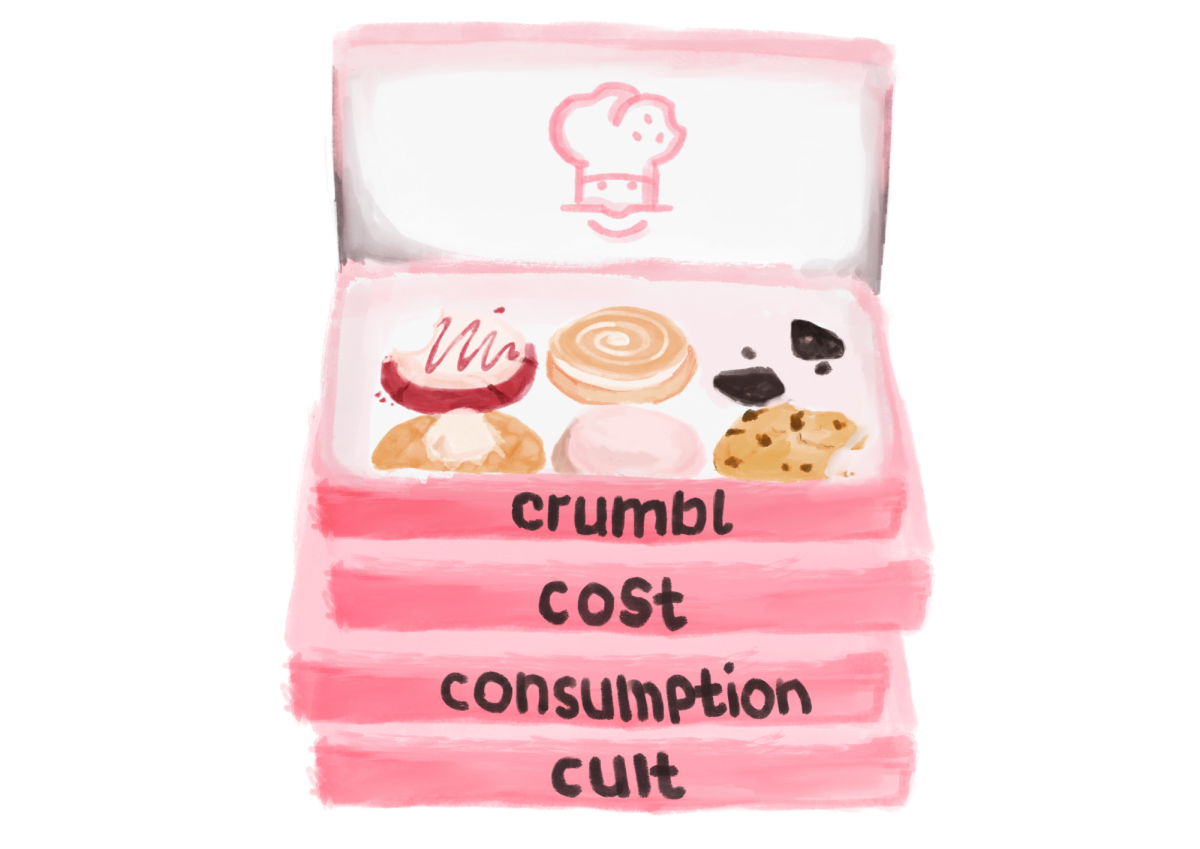Did you know a small fry from McDonald’s in the United States contains 10 ingredients, four of which are seed oils and a combination of processed ingredients and additives, creating a flavorful yet unhealthy product.
In contrast, a small order of fries from McDonald’s in the United Kingdom contains only four main ingredients: potatoes, non-hydrogenated vegetable oil, dextrose (added early in the potato season), and salt.
The differences between fast food between in the U.S. and the U.K. extend far beyond McDonald’s fries. McDonald’s fries are its best-selling product, generating $25.49 billion in revenue in the U.S. alone. . Even iconic menu items from global brands are made with different ingredients depending on the country
Coca-Cola
In the U.S., Coca-Cola is sweetened with high fructose corn syrup (HFCS), which has been linked to obesity, diabetes, and liver disease. Meanwhile, in the U.K., it is made with real sugar, which is metabolized differently and does not carry the same health risks, making it a relatively “safer” option.
Kellogg’s Cereals
In the U.S., cereals like Froot Loops and Frosted Flakes contain artificial dyes like Red 40, Yellow 5, and Blue 1—additives linked to hyperactivity in children and potential cancer risks. In the U.K., Red 40 is banned, and natural colorings from paprika and turmeric create a nearly identical product–taste wise.
Domino’s Pizza
Even Domino’s follows this trend. A large Domino’s cheese pizza in the United States contains calcium propionate and L-cysteine, a chemical dough conditioner. The U.K. version? No artificial preservatives. Just flour, yeast, water, and salt.
Why the difference? The ingredient differences stem from food policy and regulations.
In the European Union—whose standards the U.K. followed before the Brexit referendum— adhere to a precautionary principle, meaning ingredients must be proven safe before they are used.
In contrast, the U.S., follows the opposite approach—the Food and Drug Administration (FDA) assumes an ingredient is safe until it is proven harmful.
Many additives remain legal simply because there isn’t enough long-term research to ban them.
For many Americans, avoiding processed foods means making deliberate choices about what they eat.
Math instructor Erik Faust, a fitness advocate, actively avoids artificial additives in his diet.
“I try my hardest to stay away from those foods, but it makes you a bit of a sociopath who basically can’t eat most things that others eat,” Faust said. “Even the fast food I eat, I try to keep it somewhat low on the processed scale—In-N-Out (no buns, no sodas), and Chipotle.”
Parents, in particular, express frustration over U.S. food policies, especially regarding school lunches.
“School lunches drive me insane—I can’t believe we willingly feed our children what everyone knows to be garbage just because we know it likely can’t be contaminated by Salmonella or some other contaminant,” Faust said. “The factory food my kids are given at their elementary school is so prima facie unhealthy that I can’t believe adults feel comfortable giving it to growing human beings.”
Food companies in the U.S. have little incentive to change.
“They have spent billions designing food to make it addictive and cheap so they can sell more product at a cheaper unit cost,” Faust said. “It’s all basically just corn and soy covered in some form of sugar.”
Reading ingredient labels, choosing brands that prioritize cleaner ingredients, and advocating for stronger food regulations in the U.S. can help push for changes. The next time you grab a fast food meal ask yourself if you really know what you’re eatin
id you know a small fry from McDonald’s in the United States contains 10 ingredients, four of which are seed oils and a combination of processed ingredients and additives, creating a flavorful yet unhealthy product.
In contrast, a small order of fries from McDonald’s in the United Kingdom contains only four main ingredients: potatoes, non-hydrogenated vegetable oil, dextrose (added early in the potato season), and salt.
The differences between fast food between in the U.S. and the U.K. extend far beyond McDonald’s fries. McDonald’s fries are its best-selling product, generating $25.49 billion in revenue in the U.S. alone. . Even iconic menu items from global brands are made with different ingredients depending on the country
Coca-Cola
In the U.S., Coca-Cola is sweetened with high fructose corn syrup (HFCS), which has been linked to obesity, diabetes, and liver disease. Meanwhile, in the U.K., it is made with real sugar, which is metabolized differently and does not carry the same health risks, making it a relatively “safer” option.
Kellogg’s Cereals
In the U.S., cereals like Froot Loops and Frosted Flakes contain artificial dyes like Red 40, Yellow 5, and Blue 1—additives linked to hyperactivity in children and potential cancer risks. In the U.K., Red 40 is banned, and natural colorings from paprika and turmeric create a nearly identical product–taste wise.
Domino’s Pizza
Even Domino’s follows this trend. A large Domino’s cheese pizza in the United States contains calcium propionate and L-cysteine, a chemical dough conditioner. The U.K. version? No artificial preservatives. Just flour, yeast, water, and salt.
Why the difference? The ingredient differences stem from food policy and regulations.
In the European Union—whose standards the U.K. followed before the Brexit referendum— adhere to a precautionary principle, meaning ingredients must be proven safe before they are used.
In contrast, the U.S., follows the opposite approach—the Food and Drug Administration (FDA) assumes an ingredient is safe until it is proven harmful.
Many additives remain legal simply because there isn’t enough long-term research to ban them.
For many Americans, avoiding processed foods means making deliberate choices about what they eat.
Math instructor Erik Faust, a fitness advocate, actively avoids artificial additives in his diet.
“I try my hardest to stay away from those foods, but it makes you a bit of a sociopath who basically can’t eat most things that others eat,” Faust said. “Even the fast food I eat, I try to keep it somewhat low on the processed scale—In-N-Out (no buns, no sodas), and Chipotle.”
Parents, in particular, express frustration over U.S. food policies, especially regarding school lunches.
“School lunches drive me insane—I can’t believe we willingly feed our children what everyone knows to be garbage just because we know it likely can’t be contaminated by Salmonella or some other contaminant,” Faust said. “The factory food my kids are given at their elementary school is so prima facie unhealthy that I can’t believe adults feel comfortable giving it to growing human beings.”
Food companies in the U.S. have little incentive to change.
“They have spent billions designing food to make it addictive and cheap so they can sell more product at a cheaper unit cost,” Faust said. “It’s all basically just corn and soy covered in some form of sugar.”
Reading ingredient labels, choosing brands that prioritize cleaner ingredients, and advocating for stronger food regulations in the U.S. can help push for changes. The next time you grab a fast food meal ask yourself if you really know what you’re eating.

















